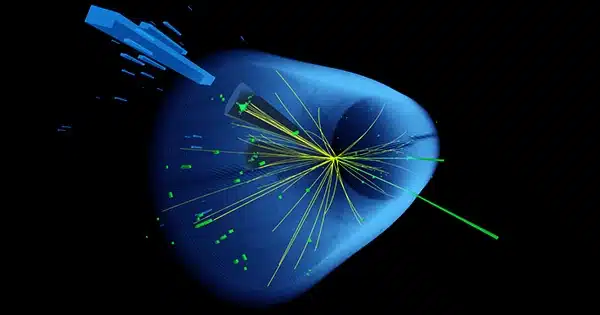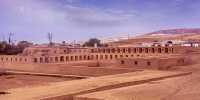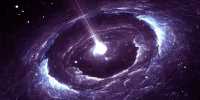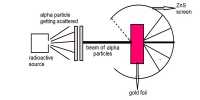A refined search for the exceedingly rare Higgs boson transformation has yielded results, providing the first evidence of a mechanism that may hint at new particles.
Physicists improved the statistical precision of the rate at which the famous mass-giving’ particle decayed into a photon and a Z boson by recombining the results of several years’ worth of proton crashes inside two different detectors at the European Organization for Nuclear Research’s (CERN) Large Hadron Collider (LHC).
The findings, which were presented at the LHC Physics Conference in Belgrade last week, are far from being of any real significance. However, the method can be enhanced to focus on the bubble and hiss of quantum recipes and help identify any potential locations for the existence of novel, exotic forces, and building blocks.
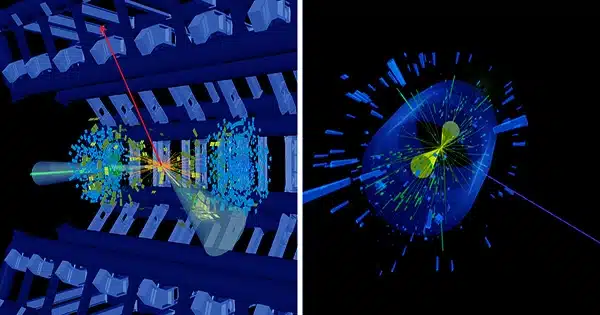
The ATLAS (or “A Toroidal LHC Apparatus”) and CMS (Compact Muon Solenoid”) detectors at CERN confirmed the Higgs particle’s existence in 2012, making it the physics community’s favorite particle.
In addition to being the last particle in the Standard Model to undergo experimental confirmation, this particle’s observation held the potential of providing a window into the quantum world’s unexplored regions.
Knowing that the Higgs particle and its accompanying field exist, for the most part, means that we now understand why fundamental particles have mass.
Because energy and mass are different ways of describing the same thing, the effort required to hold large, chunky objects (such as atoms, molecules, and elephants) together contributes a considerable percentage of the object’s mass.
On a smaller scale, the effort required for more fundamental items such as electrons or quarks to navigate the Higgs field explains why they have a resting mass while particles such as photons do not.
However, the field’s gregariousness and the bubbly froth of its bosons make it an ideal place to seek for hints of fictitious quantum fields and related particles that wouldn’t typically manifest through more straightforward methods.
“Each particle has a special relationship with the Higgs boson, making the search for rare Higgs decays a high priority,” explains Pamela Ferrari, the physics coordinator for CERN’s ATLAS project.
The death of a particle occurs frequently and in a variety of ways, yet you’d be lucky to find more than a few drifting feathers as proof of their passing. It’s like a pigeon dying among the skyscrapers.
Fortunately, physicists can develop a picture of the various ways particles fall apart and briefly resurface into new entities by counting all of those ‘feathers’ in the dust-up of a collider.
Some of these decays are very common, but conversions of the Higgs particle into a photon and the short-range weak nuclear force-carrying Z boson are about one in a thousand. Or, as anticipated by textbooks, around 0.15 percent of all Higgs decays.
But the Standard Model simply tells us to anticipate that. Even though that grand theory is incredibly insightful, we know it will eventually fall short because it doesn’t explain gravity-like warping of space and time or space-stretching dark energy.
Any deviations from this figure could be used to support different models that may or may not have adequate space to accommodate problematic facts.
Finding a ton of anomalies that the finest physics model we’ve ever had can’t explain is necessary to improve it. like unusual and exotic fields and particles that perform rare and subtle acts that we typically wouldn’t detect.
“The existence of new particles could have very significant effects on rare Higgs decay modes,” adds Florencia Canelli, the CMS’s physics coordinator.
For the time being, the elusive unicorn particles remain a myth. So far, the results are basically in line with what the Standard Model predicts.
Nonetheless, there is just enough data to give physicists a modest level of confidence in the results. Larger runs, possibly utilizing improved equipment, may yet discover minute changes concealing a large window into an entirely new set of beliefs.
“This study is a powerful test of the Standard Model,” Canelli claims.
“We will be able to improve the precision of this test and probe ever-rarer Higgs decays with the currently running third run of the LHC and the future High-Luminosity LHC.”
